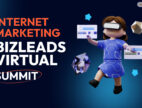Email Personalization: How To Get Customer’s Attention?
by Arnab Dey Sales & Marketing Published on: 25 January 2023 Last Updated on: 05 March 2025
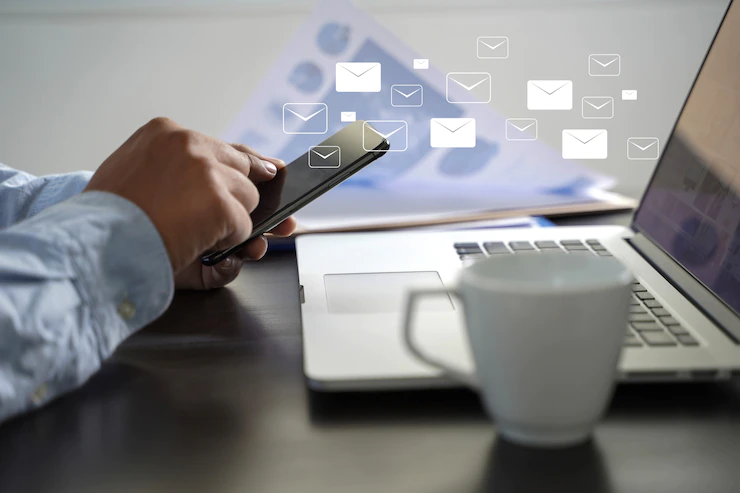
The goal of email personalization is to stand out from the competition.
If your emails don’t stand out among the hundreds they receive every day, people might disregard them. This is why you should put personalized email marketing into practice.
Read this article to know how.
What is email personalization?
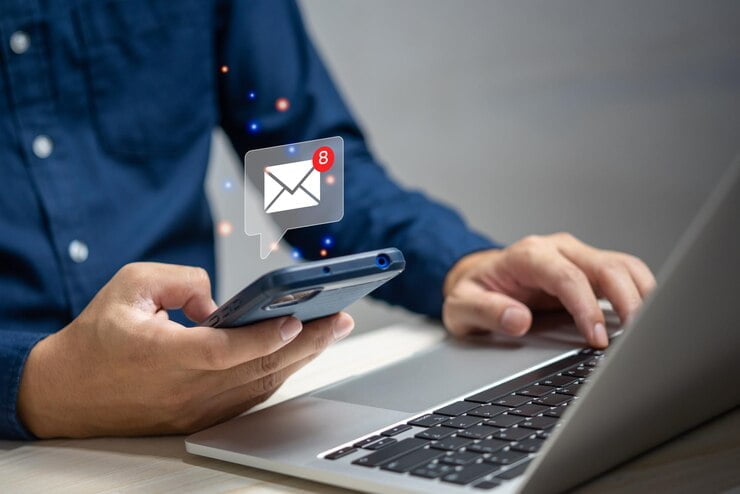
Email personalization is creating emails for each of your subscribers based on their name, location, or past activity. It means, in other words, sending pertinent emails to the appropriate recipients at the appropriate times.
Personalization in email marketing has been shown to boost revenue and ROI while raising open and click-through rates. 98 percent of marketers concur that customization enhances client connections.
How does email personalization affect the sender’s reputation and email campaign efficiency?
To increase open and click-through rates, email marketers are constantly improving their communications. Even though these indicators are crucial, many people frequently forget the first step to a fruitful email marketing campaign. By maintaining a good email sender reputation, you can ensure that your emails are opened by your customers.
Your total email marketing approach could be badly harmed by a bad sender reputation. Your campaign’s performance will degrade, and your site can be blacklisted if your emails are classified as spam.
The key to getting your message into your subscribers’ inboxes is improving customization and giving them what they want and need. Sending out dynamic, well-organized emails that genuinely offer value should be the focus of your email campaigns.
How can you personalize your emails?
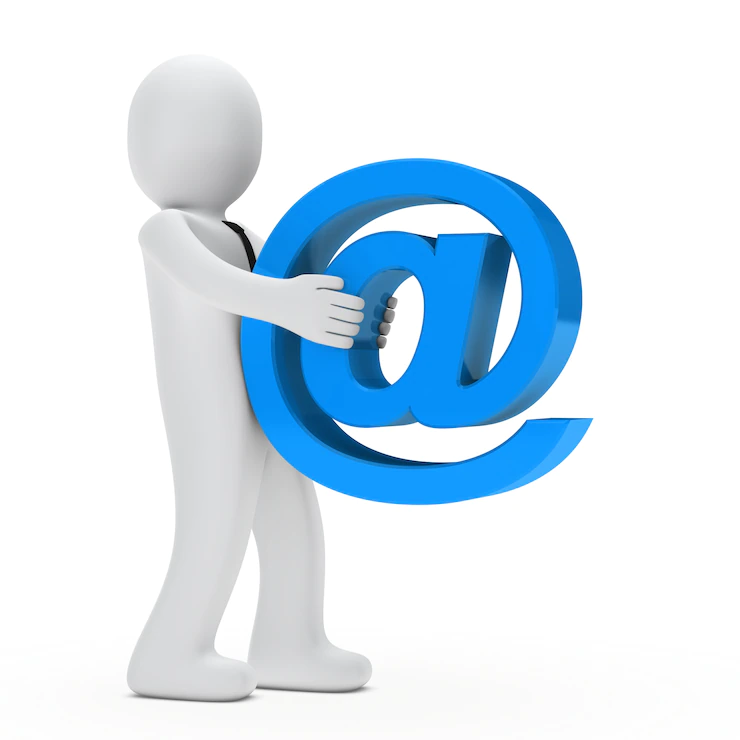
You can start using personalized emails for your company by following these steps:
1. Use Customers’ Names
The first thing that generally springs to mind when considering how to personalize emails is addressing the recipient by name. This is a simple approach to start personalizing your messages and gives your newsletter a great touch. Being treated like a person instead of a number, according to 84% of consumers, is crucial to gaining their business.
Finding a balance is essential, as using the name too frequently can come off as a little creepy. Nowadays, many senders adopt the practice of using recipients’ names in their newsletters, making it difficult to stand out from the mass.
2. Product Recommendation
Offer a customer only relevant products to encourage a purchase. Keep track of their past purchases so you may make suggestions depending on what they previously selected. The person who purchased a laptop from you is probably not in immediate need of another one, but they might be looking for other electronic devices.
Product suggestion emails are typically warmly received if they are well-considered and the recipient is pleased with the prior purchases.
3. Improve Subject Lines
The audience and industry influence the subject lines. They must nudge toward personalization while being attractive, catchy, and engaging. Avoid using titles that appear to be spam.
Your emails’ chances of being opened will increase if the subject line contains information that indicates it was explicitly intended for your target rather than being general.
4. Send Triggered Mails
Your subscribers receive triggered emails in response to their actions, demographics, or habits. You can better understand each Customer by using triggered emails to move them through the sales funnel. They excel in reengaging clients who have been inactive for a while.
Welcome emails, milestone emails, abandoned cart emails, birthday emails, etc., are examples of emails that are triggered. Because they are timely and pertinent, recipients are more likely to reply to these emails. This can be enhanced with the help of email deliverability tools.
5. Add Visuals
Add a photo or graphic to make your emails more personalized by showcasing your goods or information about them. When given information in both text and images, people tend to remember it better.
To connect with the target audience more effectively, you might employ a variety of features and graphics designed especially for them.
6. Data Segmentation
Data enables you to mass-produce different email versions targeted to various audiences. The requirement for extra copies of emails increases considerably as customization and segmentation continue to drive optimization.
Putting segmentation and personalization together can be a powerful method to add sophistication and improve your consumer data so that it can better guide your future business decisions.
How does personalized creativity help you capture clients’ attention?
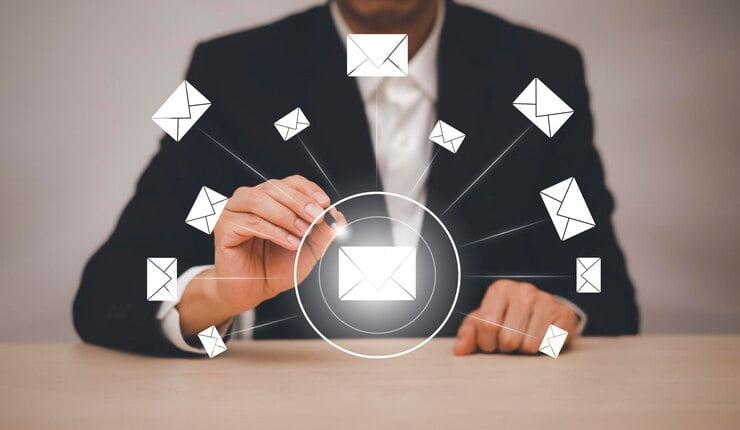
Successful email marketing requires the development of tailored emails that genuinely engage your audience. The most effective approach to do this is through creative content in all of its forms.
Creative emails draw in new potential consumers and keep your current audience interested and returning for more.
Because many email marketers feel their readers prefer text to visuals, visual content is sometimes missed. The attention of your target audience might be drawn in and participation prompted by real-world images. Visuals should never take the place of written communication in your emails.
The secret to success is originality and honesty; therefore, pay close attention to these qualities while you write your emails. You have other options besides just saying something new to make your content enjoyable. To capture your customers’ interest, you might provide promotions, exclusive deals, and incentive coupons.
Conclusion
Beyond simply addressing your receiver by name, email customization has advanced and is constantly evolving. Big data’s emergence has given marketers the tools they need to interact with consumers on a more personal level. Because of this, your email marketing approach needs to incorporate personalization and adhere to the best standards.
Read Also:


























































































